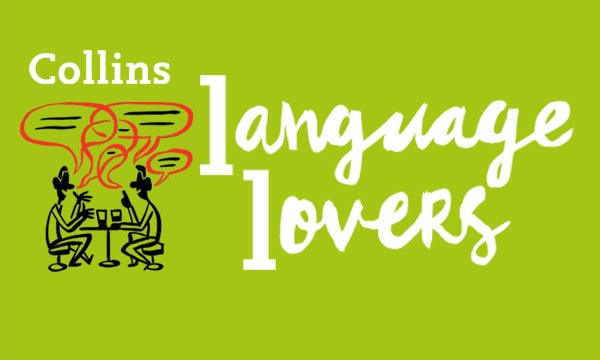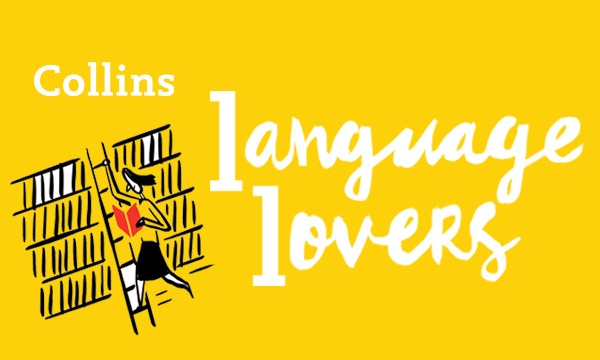Everyone deserves a little me-time. What better way to relax than with a bubble bath? Whether you like a rubber duck, a fizzy bath bomb or a candle to help you chill out, soaking in a tub is considered one of the ultimate forms of self-care.
To celebrate Bubble Bath Day, an annual event which falls on 8th January, we’ve compiled a selection of bath-themed words, looking at everything from Victorian and Roman types of bath to the soapy bubbles that make splashing around so much fun.
Aerotone
Two hundred years ago, running yourself a hot bath wasn’t as simple as turning on the tap. You might find yourself taking in a dip in a tub made of copper or tin…in water which six or seven people may have used first. In the Victorian era, people would collect water from a communal street pump and heat it over the fire, making bath time a family affair. If you were the youngest in the family, you might find yourself washing in some seriously murky water.
But if you were lucky, and probably wealthy, you might have found yourself enjoying a relaxing aerotone bath. A popular Victorian hydrotherapy tool that resembles what we now know as the Jacuzzi, an aerotone was a large steel tub, sunken into the floor. It used large massaging air jets to make you feel pampered all over. No buckets of water required.
Balneology
Did you know there’s both an art and a science to the perfect bath? There are tons of reasons why baths are considered to be so wonderful for wellbeing. They can relieve congestion from colds and chest infections during dry winter months, they can ease your sore muscles after a tough day, they can help you sleep better – especially when combined with some soothing drops of essential oils – and they can reduce tension.
Balneology is a branch of medical science which studies the therapeutic value of baths, particularly the healing properties of bathing in natural mineral waters and springs. This field of study has traced the benefits of bathing over hundreds, if not thousands of years. In fact, Hippocrates, the Greek physician and so-called ‘Father of Medicine’, believed that all human diseases were caused by an imbalance of bodily fluids which regular bathing could help restore.
Hammam
The humble bath is more than just a way to get clean. Baths have served as an important cultural and societal touchpoint for many civilisations, from Rome all the way to the Middle East. Rooted in the ancient traditions of the Byzantine bath houses, hammams played a central role in promoting wellness, social connection and prayer in Arabic culture, with their popularity increasing in the late 1400s.
Often found next to mosques and within the medinas of many cities, hammams are renowned for their stunning architecture and decoration. With separate bathhouses for men and women, people would visit a hammam to participate in a ceremony which involved moving between warm and hot rooms to raise your temperature, exfoliating your body all over, and washing with cold running water (as opposed to submerging in it as you would in a Roman bathhouse).
Lather
As South Pacific taught us, sometimes you’ve got to wash that man right out of your hair. But whatever you are washing yourself clean of, it’s all about working up a good lather. A lather is a mass of bubbles, produced by mixing a substance such as soap or shampoo with water, to help cleanse. The word originates from the Old English lēathor, meaning soap, which relates to the Old Norse lauthr, meaning foam.
Interestingly, while we tend to associate a product lathering with the feeling of cleanliness, the lather usually comes from the presence of sulphates, a type of detergent. While sulphates can give you that squeaky-clean feeling, for some people it can be a little too effective in stripping away oils, leaving hair and skin feeling dry, which is why sulphate-free products, particularly for people with curly hair or sensitive skin, are becoming more common.
Surfactant
Ever wondered what makes a bubble bath quite so bubbly? It’s all about the surfactant. Surfactants are an agent in bathing products that allow the water molecules in your bath to stretch and form that perfectly spherical bubble shape. Bubble bath products, bath bombs, and your favourite foaming body wash all contain surfactants to give you that light-as-air bubbly effect.
Sadly for our bathing ancestors, bubble baths are a relatively modern phenomenon. Surfactant-based soaps were first invented in Chicago in the 1940s. In the 1960s, the Gold Seal Company created a bubble bath product called Mr. Bubble, which became wildly popular and touted the marketing line, ‘makes getting clean almost as much fun as getting dirty’.
Thermae
Before Mr. Bubble, we had the thermae, also known today as Roman baths. Built during the time of the Roman empire, thermae were large imperial bath complexes. The word comes from the Greek thermos, meaning hot. Thermae served as social and cultural hubs at a time when taking a bath wasn’t such a private activity. People could also visit a balneae, essentially the same thing but on a much smaller scale for both public and private use.
In ancient Rome, cleanliness was considered an absolute necessity for people from all walks of life, which means that thermae were public buildings funded by the state. Early versions of the Roman thermae were built around hot water springs, or used braziers to make the water hot enough for bathing. One of the most famous Roman baths still in existence is located in, funnily enough, Bath (or Aquae Sulis, as the Romans knew it). Here you can visit the Sacred Spring, which holds 240,000 gallons of naturally hot water which has fed Bath’s famous thermae for over 2,000 years.
Happy Bubble Bath Day to you!
By Rachel Quin
Rachel Quin is a freelance marketer and copywriter with a love of language, books and cats.
All opinions expressed on this blog are those of the individual writers, and do not necessarily reflect the opinions or policies of Collins, or its parent company, HarperCollins.



